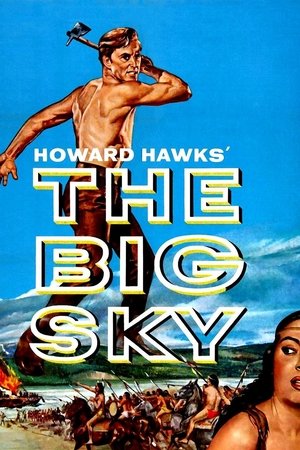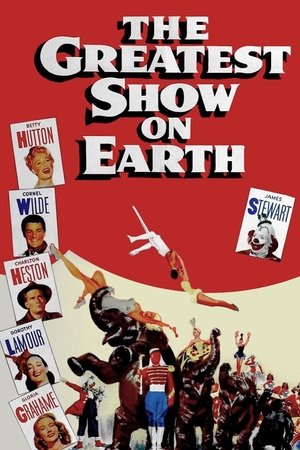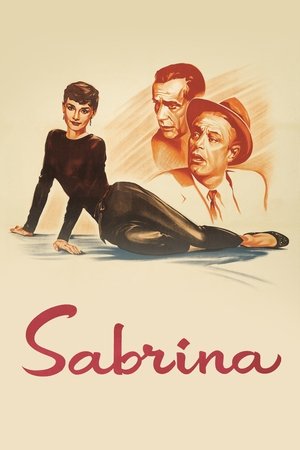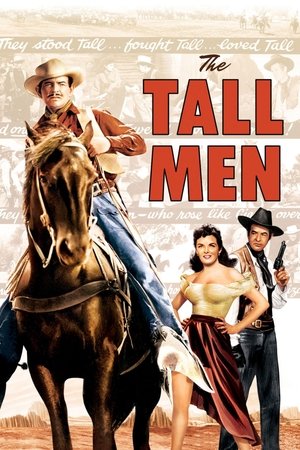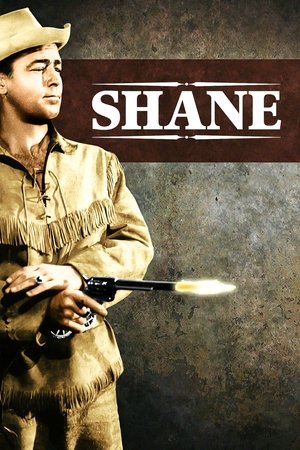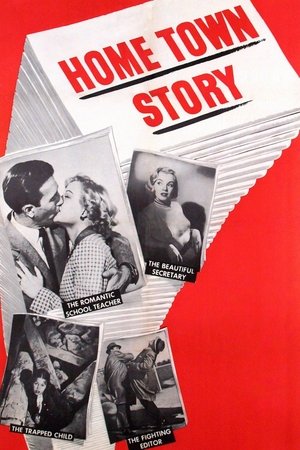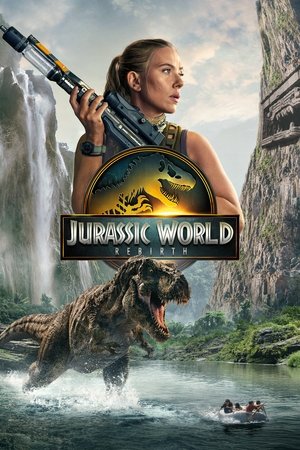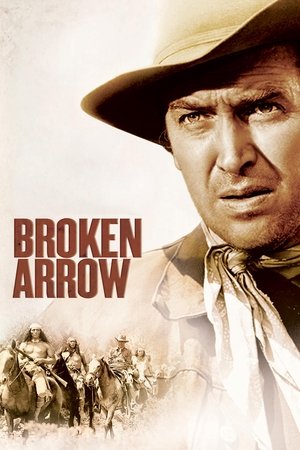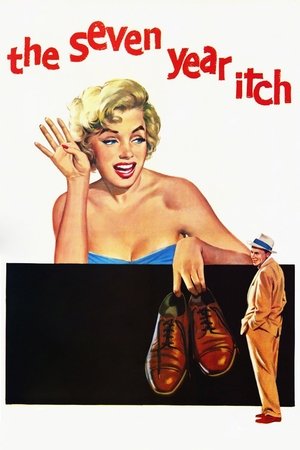The Big Sky (1952)

| Director | Howard Hawks |
| Cast | Arthur Hunnicutt, Beulah Archuletta, Buddy Baer, Dewey Martin, Elizabeth Threatt |
| Year | 1952 |
| Country | USA |
| Genres | Adventure, Romance, Western |
| Duration | 140 min |
| Release | 19 Aug 1952 |
| Language | English |
| Revenue | N/A |
| Trailer | Watch Trailer |
Synopsis
Two tough Kentucky mountaineers join a trading expedition from St. Louis up the Missouri River to trade whisky for furs with the Blackfoot Indians. They soon discover that there is much more than the elements to contend with.
The 1952 film “The Big Sky” is a classic American Western that takes viewers on a gripping journey through the rugged landscapes of the early American frontier. Directed by the acclaimed Howard Hawks, this cinematic piece explores themes of adventure, survival, and cross-cultural encounters in a time when the American West was still wild and untamed.
The story follows two tough Kentucky mountaineers, Jim Deakins and Boone Caudill, portrayed by Kirk Douglas and Dewey Martin, respectively. These rugged characters join a trading expedition departing from St. Louis, venturing up the Missouri River with the aim of trading whisky for furs with the Blackfoot Indians. However, as they soon discover, the treacherous elements are the least of their worries. The essence of the film lies in its exploration of the challenges that arise from nature, human conflict, and the delicate dynamics of cultural exchange on the frontier.
Upon its release, “The Big Sky” garnered a considerable amount of attention, and it holds an IMDb rating of 7.0. The film’s success can largely be attributed to its captivating narrative and the stellar performances delivered by its cast. Kirk Douglas, with his charismatic screen presence, brings depth to his role, while Dewey Martin’s portrayal of Boone adds a layer of complexity to the dynamic duo’s relationship. Arthur Hunnicutt, who plays Zeb Calloway, earned an Academy Award nomination for Best Supporting Actor, further highlighting the film’s strong acting ensemble.
The cinematic experience is enriched by Hawks’ expert direction. Known for his ability to craft compelling stories, Hawks captures the raw beauty and danger of the frontier, bringing the 19th-century American wilderness to life. His direction ensures that each scene contributes to the narrative’s unfolding, keeping viewers engaged from start to finish.
The film’s genre is rooted in the classic Western tradition, a genre renowned for its exploration of themes such as survival, conflict, and the pursuit of the American dream. “The Big Sky” fits seamlessly into this category, yet it distinguishes itself with its focus on the cultural interactions between the American traders and the Native American tribes they encounter. This subtle yet significant focus invites audiences to reflect on the complexities of these historical interactions, adding a layer of depth to the film’s adventurous facade.
The inclusion of stunning cinematography also plays a crucial role in enhancing the film’s atmosphere. The sweeping landscapes of the American West are captured in a way that is both awe-inspiring and foreboding, setting the stage for the narrative’s unfolding drama. The visuals are not merely a backdrop but an integral component of the storytelling, reflecting the characters’ struggles against both nature and the human adversities they face.
For those interested in learning more about the film or perhaps revisiting this classic Western, (The Big Sky (1952) provides a comprehensive resource. This exploration of the film can offer further insights into its production, themes, and its place within the broader context of American cinema.
While “The Big Sky” may not be as universally recognised as some other Westerns of its era, it remains a significant work within Howard Hawks’ filmography. Its contribution to the Western genre is undeniable, providing audiences with a narrative that is as captivating now as it was over seven decades ago. This film stands as a testament to the enduring appeal of Westerns, capturing the spirit of adventure and the allure of the untamed American frontier. Through its intricate storytelling and powerful performances, “The Big Sky” ensures its place in cinematic history, inviting audiences to embark on a journey that is both thrilling and thought-provoking.

